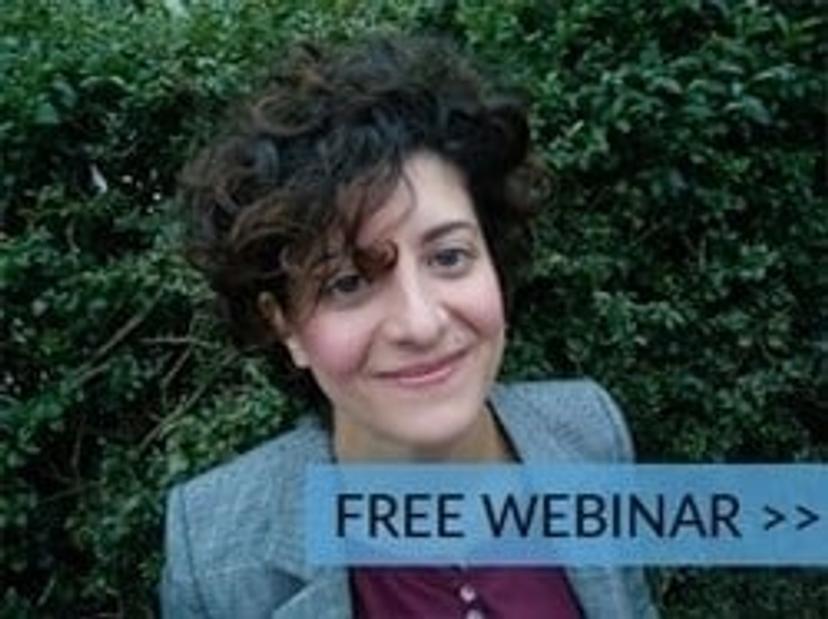How to analyze VOCs to assess food and beverage quality throughout the supply chain
Get expert advice on how to use preconcentration, GC×GC and time-of-flight mass spectrometry to overcome profiling applications out of reach for traditional GC-MS
23 Mar 2020

In this on-demand SelectScience webinar, learn how the sensitivity of VOC analysis can be improved using solid-phase microextraction-trap (SPME-trap), and how it can be applied to analyze food and beverage samples. Dr. Natasha Spadafora, Research Fellow in Food Science, Calabria University, explains how common problems associated with sampling foods and beverages, such as managing wide dynamic ranges of compounds and removing unwanted components, can be overcome.
Dr. Spadafora and Jody Dunstan, Markes International, also explore the powerful combination of preconcentration, GC×GC and time-of-flight mass spectrometry to show how this can address complex profiling applications that are unobtainable for traditional GC–MS.
Read on for highlights from the Q&A discussion at the end of the live webinar or register to watch the full webinar on-demand:
Watch On DemandQ: When Jody talks about the tea-samples, how is it that there are so many more compounds detected?
JD: When you're conducting SPME-trap with enrichment, it can be a slightly more exhaustive extraction technique. This is because you're extracting multiple times to drive equilibrium in the sample. SPME has a relatively low extractive phase but by extracting multiple times it starts to pull out compounds you wouldn't see just doing it a single time.
Q: The work you did on the tomato puree, did you also run the principal component analysis (PCA) on the SPME-trap? If so, how did the two compare, and did you get a better separation when using enrichments?
NS: Yes, we did the analysis on the SPME-trap called ‘the three brands’ and repeated that with the enrichment. We then conducted the statistical analysis the same way we did PCA. What we saw was quite stunning, because with only the SPME-trap the separation and the discrimination between the brands were poorer compared to the enrichment one. What this means is that by having more compounds that could be detected and we could improve the separation and the discrimination between the three brands of tomato puree that we analyzed. So, in short, yes, the enrichment helped with the PCA discrimination of the three brands.
Q: The olive oil work looks interesting and there seems to be a very good separation of the different regions. How easy is this to replicate using taste, for example? Is it easy to taste the difference, or does it take an expert?
NS: It takes experts. For olive oil, we have a trained panel that conducts the sensory analysis. There are 15 panelists who must go through a range of training sessions to normalize their palates. Therefore, it is not easy to replicate taste because you would need to have training in order to ensure normalized palates. Another consideration is the need for an instrument that has got the objective analysis you are screening. What I would say is that they are complementary techniques because ultimately the consumer is the person that will judge the product. I would say that doing both could increase the comprehensive analysis of the matrix — in this case, the olive oil.
Q: What do you consider to be the most relevant technical difficulties for sample collection? What are the key considerations?
NS: The techniques we were using require some basic training. It is also good to consider having a good experimental design, this means the sampling methodologies can be quite simple, especially with the automated platform. With the tubes sampling devices, again, if you have planned your experimental design well, then it's easy to sample with this device and you can do it offsite overcoming the challenges of techniques that would only allow on-site sampling and therefore incrementing the type/number of samples you can perform.
Q: Could you please repeat the possible applications of VOC quality control traceability?
NS: In this case, we were looking at olive oil and the olives that were used to make this olive oil. We used two olive cultivars harvested from three different locations. The aim of this study was tracing back the location of where the olives and the olive oil came from. For the sampling, we used SafeLok sorbent tubes and Easy-VOC pump, the sampling was done at the University of Calabria where the tubes were capped with long storage caps in order to be sent to Cardiff University for the analysis. We looked at was the entire profile of volatile organic compounds of these cultivars from the selected areas of Calabria. Currently, we are screening, via statistical tools, the compounds that could discriminate between the regions, as well as checking correlations between sensory descriptors (derived from sensory panel analysis) and the VOC profiles. If you want to know more about this application please email me directly.
Q: How can you discriminate cultivars by aroma profile, and taking into consideration the topical characteristics — for example, soil, rainfall, sun, etc. — where the fruit is grown?
NS: That's a timing question; it is not easy. We have done some work on seasonability and location of growth, as well as soil analysis, and weather at the time of growth. So, there is some correlation analysis with all these factors that we take into consideration with the analysis of aroma of fruits grown outdoors naturally so as to eliminate interference. We also try to correlate multi-traits (phytochemical profile, sensory analysis, aroma profiling, gene expression) so that we can try to identify those traits that have the strongest effect on the discrimination between cultivars during different time and location of growth.
SelectScience runs 3-4 webinars a month across various scientific topics, discover more of our upcoming webinars>>

